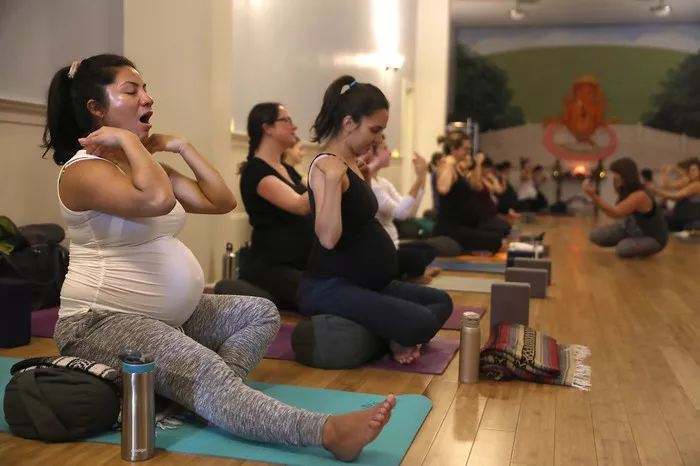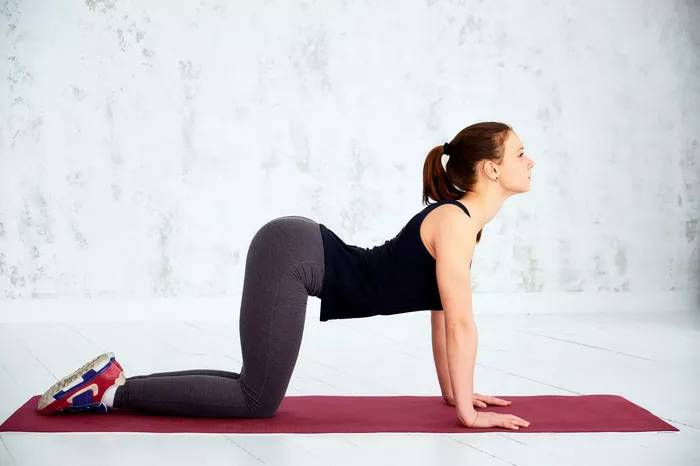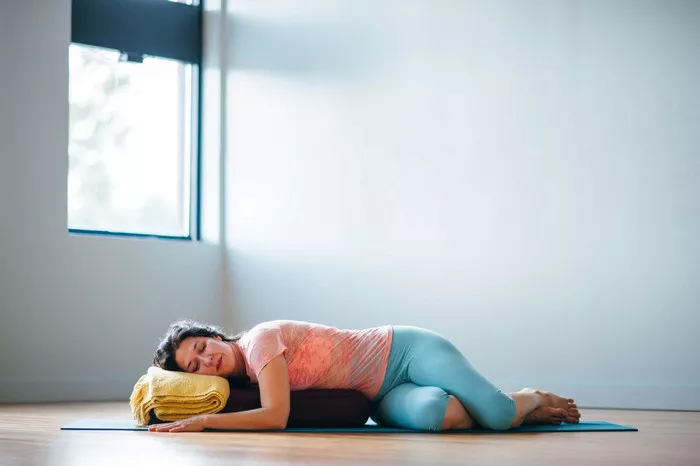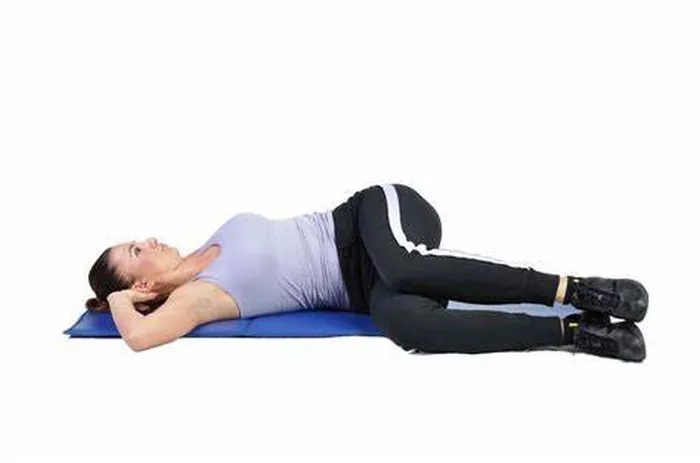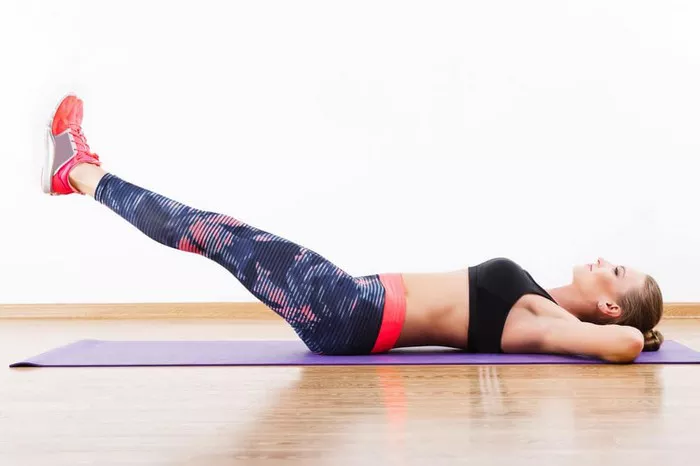Yin Yoga is a deeply meditative and therapeutic form of yoga that focuses on long-held, passive poses. It targets the deeper connective tissues, such as fascia, ligaments, and joints, making it particularly beneficial for improving flexibility, joint health, and emotional balance. However, while Yin Yoga offers numerous benefits, there are certain situations when practicing it might not be suitable or advisable.
Understanding when not to practice Yin Yoga is crucial for ensuring safety, promoting physical and emotional well-being, and aligning your yoga practice with your current state of health. In this article, we’ll explore situations, health conditions, and contexts where Yin Yoga may not be appropriate, as well as tips for recognizing when to modify or pause your practice.
Understanding Yin Yoga and Its Effects
Before delving into when not to practice Yin Yoga, it’s important to understand its nature and effects on the body:
Targeted Tissues
Yin Yoga primarily focuses on the connective tissues, which are less elastic and require gentle, sustained pressure to stretch safely. This is unlike active or yang-style yoga practices, which primarily engage muscles.
Stress on Joints and Ligaments
Because Yin Yoga emphasizes stillness and longer holds (typically 3-5 minutes or more), it can stress the joints, ligaments, and tendons, especially if done incorrectly or without proper awareness.
Deep Relaxation
Yin Yoga is also deeply relaxing and introspective, often encouraging practitioners to confront emotions and mental patterns that arise during prolonged stillness.
While these characteristics make Yin Yoga uniquely beneficial, they also underline the need for caution in certain circumstances.
When Should You Avoid Practicing Yin Yoga?
1. Acute Injuries
Practicing Yin Yoga when you are recovering from an acute injury—such as a sprain, strain, or recent surgery—is generally not advisable.
Why? Yin poses require holding stretches for extended periods, which can exacerbate inflammation and delay healing. Injured tissues need rest and gentle rehabilitation rather than prolonged stress.
What to Do Instead: Focus on gentle rehabilitative exercises, as recommended by a healthcare professional, and consult them before resuming yoga.
2. Hypermobile Individuals
Hypermobile individuals—those with unusually flexible joints or conditions like Ehlers-Danlos Syndrome—should approach Yin Yoga with extreme caution.
Why? Hypermobile joints are more prone to overstretching, which can lead to instability, chronic pain, or joint damage. Yin Yoga, which involves deep stretches, may aggravate these issues.
What to Do Instead: Focus on strength-building yoga practices, such as Hatha or Vinyasa Yoga, to stabilize joints and support overall joint health.
3. During Periods of Extreme Fatigue
If you are experiencing extreme fatigue or burnout, Yin Yoga might not be the ideal practice.
Why? While Yin Yoga is often considered restorative, it can sometimes draw out emotional or mental exhaustion, leaving you feeling even more depleted. Additionally, the stillness required might feel oppressive or taxing during such times.
What to Do Instead: Opt for practices like Yoga Nidra or gentle restorative yoga, which emphasize rest without requiring prolonged physical engagement.
Health Conditions Requiring Caution
Certain health conditions warrant caution when practicing Yin Yoga. These include:
1. Pregnancy
Yin Yoga can be practiced during pregnancy but with significant modifications.
Why? Pregnancy hormones, particularly relaxin, increase joint and ligament flexibility. This can make pregnant individuals more prone to overstretching and injury during long holds. Additionally, certain poses might compress the abdomen or restrict blood flow.
What to Do Instead: Practice prenatal yoga, which is designed to support the changing body during pregnancy. If you choose to practice Yin, work with a certified prenatal yoga instructor and avoid deep twists or poses that stress the pelvic area.
2. Osteoporosis or Bone Conditions
Individuals with osteoporosis or other bone-related conditions should be cautious with Yin Yoga.
Why? The prolonged pressure in Yin poses might lead to micro-fractures or exacerbate existing bone issues. Bones weakened by osteoporosis are less able to withstand the forces applied during certain stretches.
What to Do Instead: Opt for gentle, low-impact yoga practices that emphasize strengthening and balance, under the guidance of a professional.
3. Chronic Pain or Fibromyalgia
While Yin Yoga can be beneficial for some people with chronic pain or fibromyalgia, it may not be suitable during flare-ups.
Why? During a flare-up, the body is more sensitive to pain and stress, and prolonged holds might trigger discomfort or worsen symptoms.
What to Do Instead: On difficult days, focus on meditation, breathing exercises, or short, gentle movements instead of Yin Yoga.
4. Joint Inflammation (e.g., Arthritis)
Inflamed joints, as seen in arthritis or other inflammatory conditions, require special care during Yin Yoga.
Why? Holding poses for extended periods can place additional stress on inflamed joints, potentially worsening symptoms.
What to Do Instead: Stick to short, gentle movements and avoid poses that place direct pressure on affected joints. Consult a physical therapist or yoga therapist for guidance.
Emotional and Mental Health Considerations
1. Periods of Intense Emotional Distress
Yin Yoga often encourages introspection, which can be challenging during periods of intense grief, anxiety, or emotional distress.
Why? The stillness and quiet of Yin Yoga can amplify emotions, making it difficult to manage overwhelming feelings during a practice.
What to Do Instead: Consider more dynamic practices like Vinyasa Yoga or walking meditation, which provide a balance of movement and mindfulness.
2. Trauma or PTSD
While Yin Yoga has therapeutic potential for trauma survivors, it can sometimes be triggering, particularly if certain poses or stillness evoke uncomfortable memories.
Why? Yin Yoga’s emphasis on sustained stillness can feel unsafe for individuals dealing with unresolved trauma.
What to Do Instead: Work with a trauma-informed yoga instructor who can adapt the practice to meet your needs and create a safe environment.
Timing and Situational Factors
1. After Intense Workouts or Physical Strain
Practicing Yin Yoga immediately after high-intensity workouts or physically demanding activities can be counterproductive.
Why? Tissues stressed by vigorous exercise need time to recover. Prolonged stretching in Yin Yoga might interfere with this recovery process.
What to Do Instead: Allow for at least a few hours of rest before practicing Yin Yoga, or focus on gentle movements to cool down.
2. When You’re Short on Time
Rushing through a Yin Yoga practice defeats its purpose.
Why? Yin Yoga requires stillness and patience. Attempting to shorten or rush through poses can lead to improper alignment and reduced benefits.
What to Do Instead: If you’re short on time, opt for a brief mindful breathing session or a short meditation instead of a rushed Yin Yoga session.
Signs You Should Pause or Modify Your Yin Yoga Practice
Listening to your body is paramount in any yoga practice. Here are some signs that it might be time to pause or modify your Yin Yoga practice:
Pain or Discomfort
Pain is a clear signal to stop. If a pose feels sharp or uncomfortable, come out of it immediately and assess whether you need to modify the pose.
Emotional Overwhelm
If emotions feel too intense during a pose, it’s okay to step out, take a few breaths, and come back when you feel ready.
Numbness or Tingling
Prolonged stillness should not cause numbness or tingling. These sensations may indicate nerve compression or poor circulation.
Physical Instability
If you feel wobbly or unsupported in a pose, modify it using props or opt for an alternative posture.
Conclusion
Yin Yoga is a beautiful and transformative practice, but like any physical activity, it is not one-size-fits-all. Knowing when to avoid or modify your practice is key to reaping its benefits while safeguarding your health and well-being.
By staying attuned to your body’s needs, consulting with professionals when necessary, and understanding your limits, you can ensure that your yoga journey remains safe, effective, and fulfilling. Always remember: yoga is about balance, and sometimes the best practice is knowing when to rest.
Related Topics:







